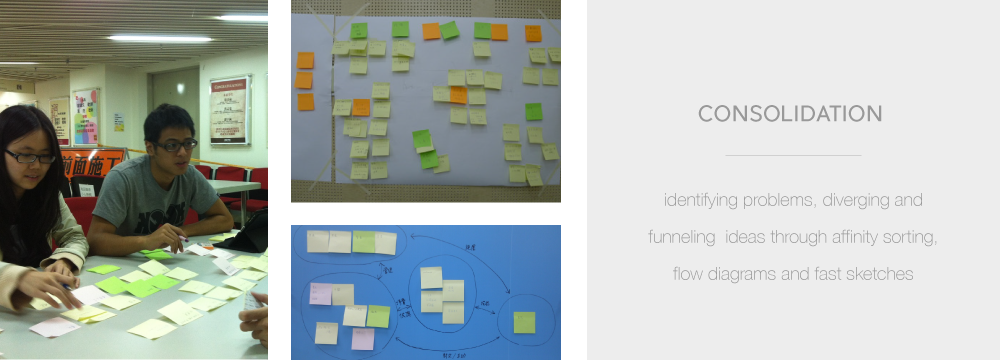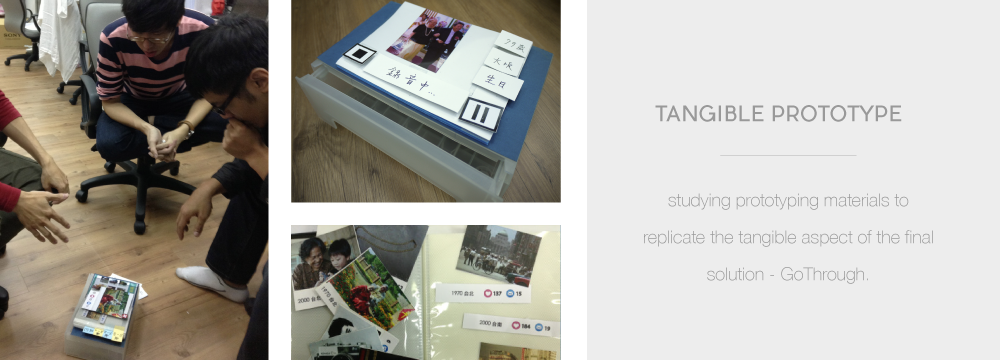GoThrough: Elderly Crowdshare
A service that reinforces seniors' self-esteem through sharing life stories
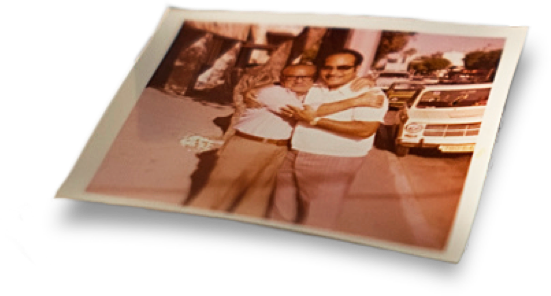
A service that reinforces seniors' self-esteem through sharing life stories

ROLE
Concept Developer,
UX Designer & Researcher
PROJECT TYPE
CHI Student
Design Competition
TEAM
Jia-Jyun Hsu, Pei-Kang Hsieh,
Yi-Fan Chen, Yi-Hsuan Tsai
Senior residents in nursing homes often get marginalized from society. The insular environment and the lack of interaction with people outside causes senior residents to develop loneliness and distress, and therefore come to possess a negative self-image.
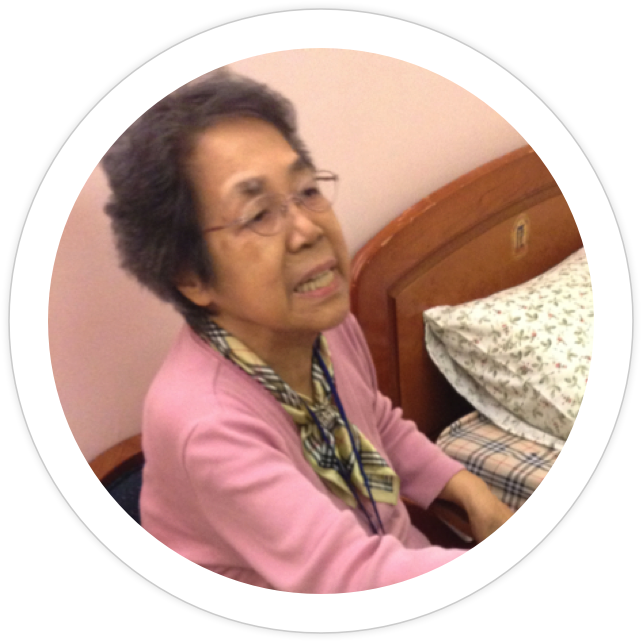
Granny Hiesh, interviewee
from Suang-Lien Elderly Center
GoThrough is a crowdsharing service that helps senior residents in nursing homes easily preserve and share their life stories through tablet devices. Shared stories are gathered into a catalog of reminiscences and presented to an online community, where people outside the nursing homes can empathize and provide feedback to the residents.
We conducted contextual inquiry in nursing homes and interviewed senior residents and social workers to explore the key issues of the environment. Through design thinking and the use of affinity wall. We consolidate our ideas into 3 key user themes and design tenets that serve as the foundation for design concept development.
Seniors disconnect with friends and families because they seldom visit, and seniors avoid contacting their family because they don't want to bother them. Seniors also can't go out to meet people due to poor physical states.
Seniors pull up myriads of stories when reviewing their photos and physical artifacts. They feel like reliving their golden age when doing it and they also think they are handing off their legacy to the youth.
Seniors' precious photos and artifacts are preserved in poor ways (e.g. put under the bed), which makes it hard for seniors to find artifacts for story sharing.Even Worse, they throw away items with memories due to limited space.

DESIGN TENETS
Provide seniors an easy way to collect and preserve their physical objects.
Help elderly find an audience outside the nursing homes for their stories.
Incentivize the public to view and give feedback to elderly stories.
We designed two major interfaces according to seniors' needs: a physical box accessory that assists less tech-savvy seniors to automatically digitize physical artifacts by tablets; a website showcasing elderly life stories as retro collective themes for the public.
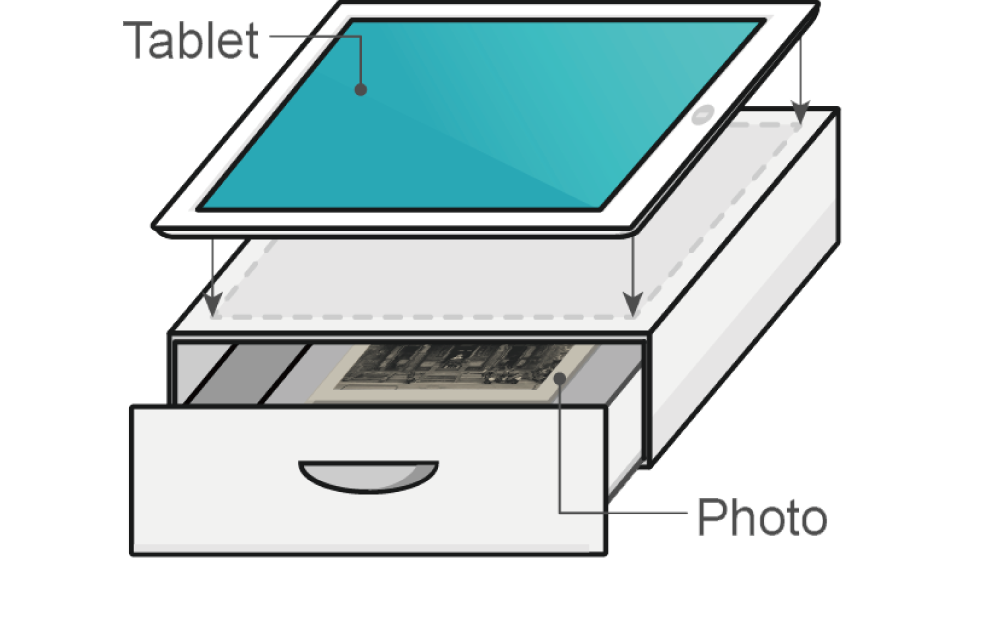
Senior residents put their physical artifacts, such as hard-copy photos, in the box accessory. With a tablet, the box automatically scans the artifacts and reveals a digital copy on the tablet UI.
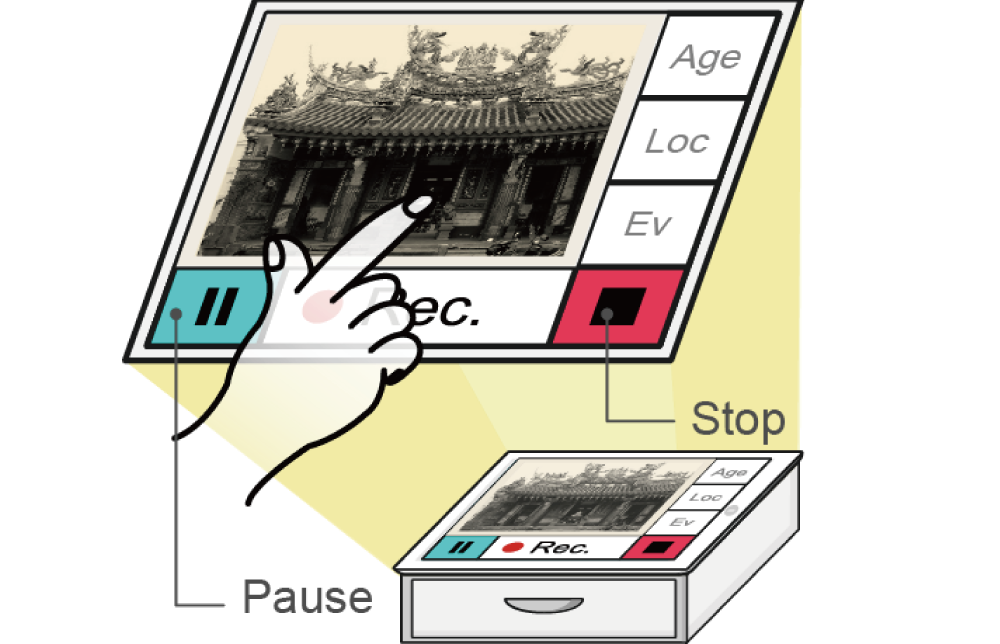
Senior residents can then use the tablet UI to tag their digital copies of the physical objects, record stories with voice and share it to the website. The website will categorize life stories into different retro themes.
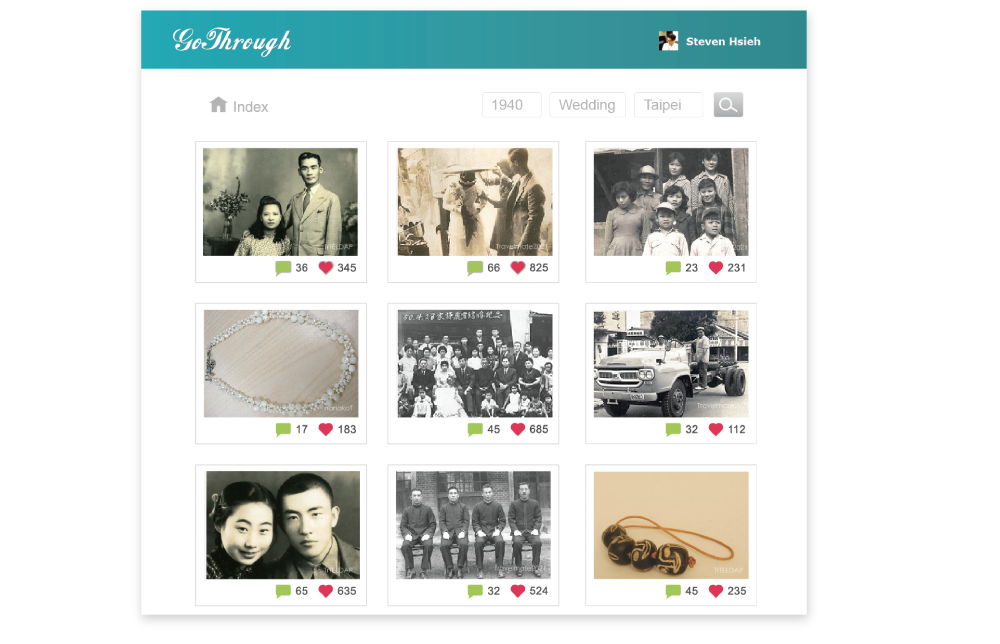
The public can use the website to view and search sorted stories and themes. When they find a story they like, they can simply give feedback to the elderly through recording voice messages.

Through a skeuomorphic photo book interface, seniors can easily review a digital collection of their precious memory. Seniors can also use the interface to receive feedback and encouragement from the public, whcih keeps seniors connected to people outside of nursing facilities
To help us funnel and refine drafts of solutions, we did expert reviews with nursing personnel to get feedback on ideas and feasibility and we also performed Wizard of Oz with the seniors to test out designs. With seniors' weaker mental models about the prototypes, we had extra sessions to get them familiar with the technology envolved.

